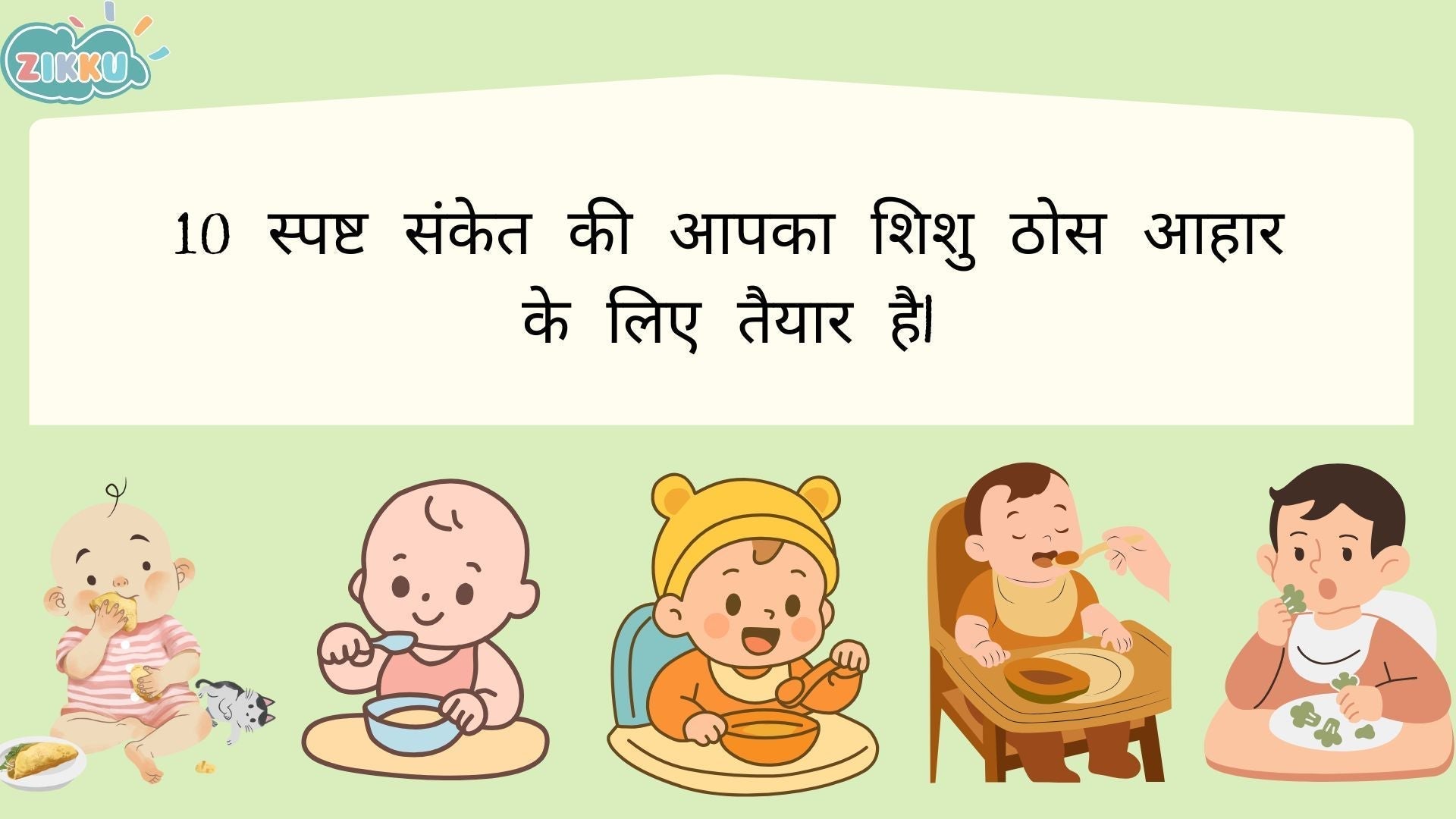Painless vs Painful Vaccinations for Newborns: What Every Mom Needs to Know
- by ["Divyanshi Paliwal"]

Are you worried about your baby's first shots?
You're not alone. Every mom wants to protect her little one from pain while keeping them safe from diseases. Let's talk about painless vs painful vaccines in simple terms that make sense. Baby vaccines are like tiny shields that protect your child from serious diseases. Think of them as training your baby's body to fight off bad germs before they can cause harm. Without vaccines, diseases like polio, whooping cough, and measles could seriously hurt or even kill children. That's why doctors around the world recommend them for every baby.
Painless vs Painful Vaccines: The Simple Truth
-
What Does “Painless” Vaccination Mean? The term “painless” vaccine is commonly used to describe vaccines that use the acellular pertussis (aP) component. Acellular pertussis (aP) contains only purified parts of the pertussis bacteria, making it less reactogenic — meaning it causes fewer side effects. Painless vaccines are newer types of shots that hurt less when your baby gets them. They're made differently to reduce crying, swelling, and fussiness after the shot. Think of it like this: If regular vaccines are like a bee sting, painless vaccines are more like a mosquito bite. Painless vaccines typically result in:
- Less fever
- Reduced pain or swelling at the injection site
- Lower chances of irritability or fussiness in infants
- Over all more comfort for both baby and parents
So, while the term “painless” doesn’t mean your child won’t feel anything, it does refer to milder side effects and a more comfortable post-vaccination experience.
- What Are Regular (Painful) Vaccines? Painful vaccines use whole-cell pertussis (wP) component that contains inactivated (killed) entire Bordetella pertussis bacteria. Unlike painless vaccines, which use only selected purified components, whole-cell vaccines include the complete bacteria, even though it's killed and cannot cause the disease. Because it includes all parts of the bacteria, including components that trigger a stronger immune response, it tends to be more reactogenic - meaning it may cause more noticeable side effects, such as:
- Fever
- Redness and swelling at the injection site
- Irritability or fussiness in children
- Pain or discomfort
Regular vaccines are the traditional shots that have been used safely for many years. They might cause more immediate discomfort but work very well to protect your baby. These vaccines have saved millions of children's lives worldwide and are still the most common type used globally.
Immunity Matters: How Painful and Painless Vaccines Differ
When selecting a vaccine for your child, understanding the kind of immunity it provides is just as important as knowing about side effects or cost. The two types of DPT vaccines — whole-cell (wP) and acellular (aP) — offer different levels of protection based on their composition. Here’s how they compare in terms of immunity strength and duration:
- Whole-Cell Pertussis Vaccine (wP) – “Painful”
- Provides stronger and longer-lasting immunity against pertussis (whooping cough)
- Contains the entire killed bacteria, triggering a broader immune response
- Often used in public immunization programs due to its effectiveness
- May require fewer booster doses in the long term
- Acellular Pertussis Vaccine (aP) – “Painless”
- Provides effective but shorter-lasting immunity
- Contains only purified components of the pertussis bacteria
- Triggers a more targeted but weaker immune response compared to wP
- More booster doses may be needed to maintain protection over time
Cost & Accessibility: Painful vs Painless Vaccines
While both the painful (whole-cell) and painless (acellular) vaccines aim to protect children from serious diseases like diphtheria, pertussis, and tetanus, the cost and availability of these vaccines can differ widely. For many families, this becomes a key factor in decision-making. Here’s how the two types compare when it comes to affordability and access.
- Whole-Cell Pertussis Vaccine (wP) – “Painful”
- Cost-effective: Significantly cheaper than acellular vaccines
- Free of cost in government hospitals under the Universal Immunization Programme (UIP)
- Widely used in public immunization programs due to its low cost and strong efficacy
- Preferred in rural and public health settings, where affordability is a major concern
- Acellular Pertussis Vaccine (aP) – “Painless”
- More expensive: Costs are much higher compared to whole-cell vaccines
- Not covered under most government immunization schemes
- Administered privately in clinics and hospitals as a paid option
- Chosen by some parents for its milder side effects, particularly in urban or metro areas
At Zikku, we believe that informed parenting leads to healthier babies. Whether you choose a painful (whole-cell) or painless (acellular) vaccine, what matters most is timely and complete immunization. Every child is different, and so are family needs. While whole-cell vaccines are safe, effective, and widely used in India’s government programs, acellular vaccines offer a gentler post-vaccination experience — often preferred by parents looking for reduced side effects. Zikku encourages every parent to:
- Stay informed about vaccine options
- Consult their pediatrician for personalized advice
- Prioritize complete and on-time immunization
- Because when it comes to baby health, knowledge, access, and timely action make all the difference.









